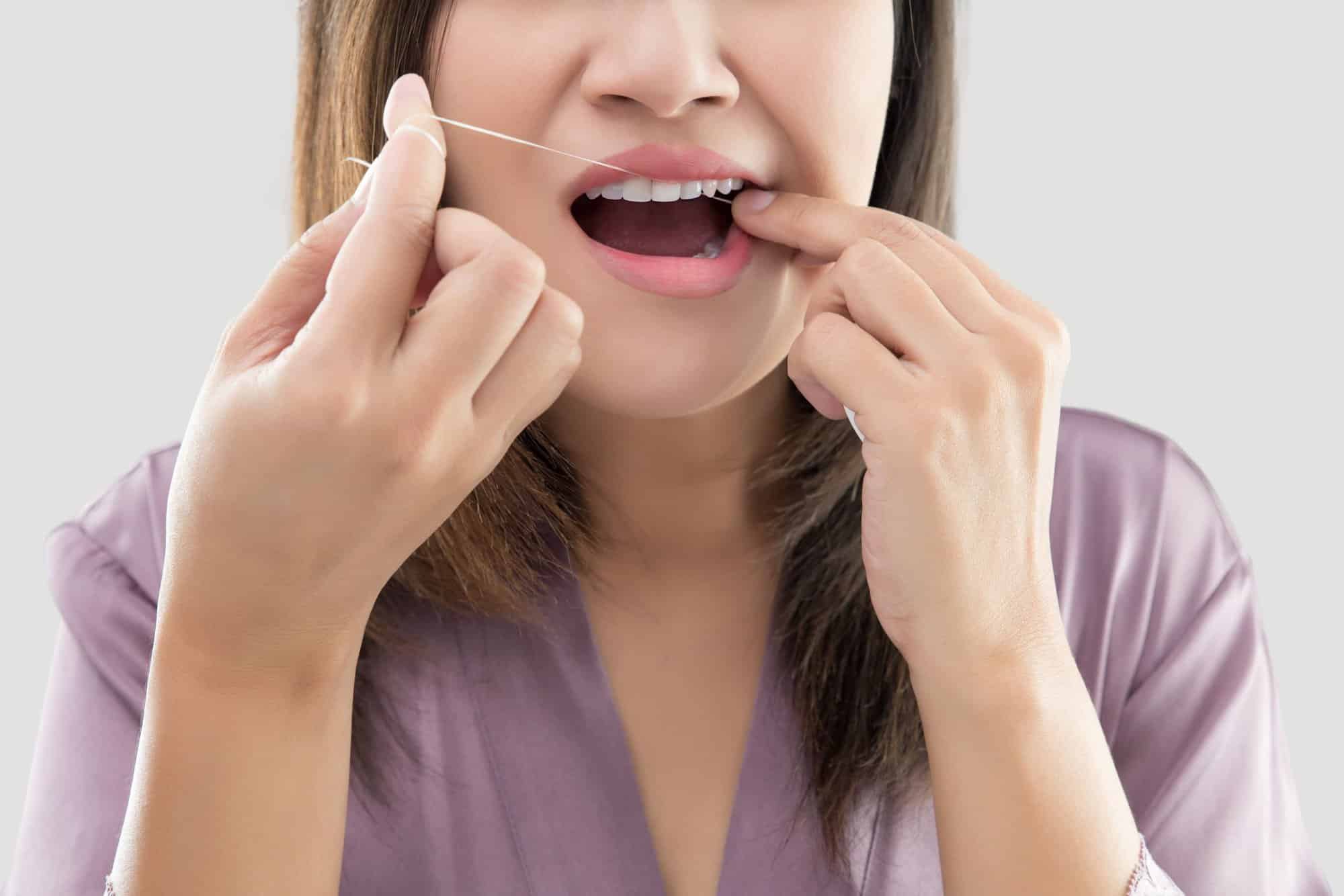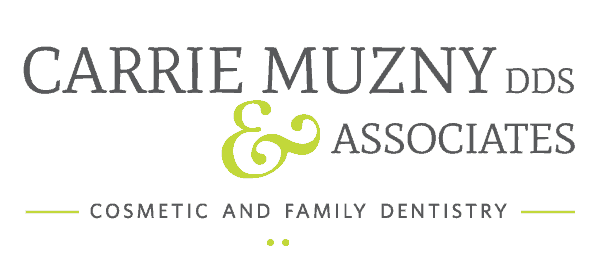
Flossing 101: 12 Flossing Mistakes People Make
Everyone knows how crucial flossing is to maintaining good oral health. While flossing your teeth may seem simple, most people think all they need to do is slide the floss between them. However, there are some common dental hygiene mistakes that many people need to correct.
Ideally, you floss your teeth twice daily, and correctly flossing will ensure you optimize your time and effort.
We want you to get the most out of flossing your teeth. So let’s talk about the common mistakes people make when flossing to help you avoid them and have a whiter, healthier smile.
Most Common Mistakes People Make When Flossing
Flossing is as essential as brushing correctly. Let’s discuss some mistakes you want to avoid to get the most out of flossing your teeth.
#1. Only Flossing One Side of the Tooth
When flossing, you want to ensure you floss the teeth on both sides of the floss and not just one side. This is because plaque usually builds up between your teeth, and if you only floss one side of your teeth, you may end up with a cavity on the opposite tooth.
#2. Only Using One Section of Your Floss
As you floss, you remove bacteria between your teeth and below your gum line. If you continue using the same section of floss between each tooth, it spreads the bacteria around your teeth instead of removing them. While you are removing plaque which is beneficial to you, you are then transferring it from one tooth to another.
#3. Pressing the Floss Roughly Between Your Teeth
It is best to gently work the floss between your teeth by moving it back and forth while applying a small amount of pressure rather than snapping it down quickly. When you use excessive force to get the floss between your teeth, it can injure your gums, causing them to bleed in the short term and, over time, cause gum recession, eventually leading to gum disease.
#4. Missing the Very Back Teeth When Flossing
Cleaning the back of the last four teeth is as important as the rest. This is because the rear teeth do most of the chewing work and tend to develop a buildup of plaque and bacteria that will make their way into your gums if not removed.
#5. Aimlessly Flossing
When you floss, it is helpful to follow a pattern to ensure you get between every tooth. First, choose what works best for you, starting on the upper or lower back and working your way around. Then, find the pattern that works best for you and stick with it!
#6. Not Flossing the Area Around Dental Appliances
If you have dental appliances in your mouth, you must still floss around them. For example, use a floss threader or super floss to eliminate plaque and bacteria if you have a bridge or braces. When you floss correctly, you mitigate the risk of developing tooth decay and gum disease. If you are unsure how to floss your teeth with a dental appliance in your mouth, talk with your dentist and ask them to show you the best way to floss.
#7. Avoiding Flossing Due to Bleeding Gums
As long as you aren’t flossing too roughly if you see blood when you floss, it is not because you are hurting your gums and teeth. Most of the time, the gums begin bleeding because you aren’t flossing regularly, and the gum tissue becomes red and swollen, known as gingivitis. Gingivitis occurs when the body sends more blood to the gums to help fight off the accumulating plaque. Every time you floss, you remove plaque, and when the tissue becomes inflamed and engorged with blood, it causes some of the blood to leak out. Your gums should return to health after a few days, and you can floss properly.
#8. Flossing to Fast
When you’ve flossed too fast, you’re likely not getting both sides of the teeth. Most people have 28 teeth, and when you should be flossing 56 sides if you are flossing both sides, it takes around two minutes to floss all the teeth. The proper technique ensures you optimize the benefits of flossing and improving oral health.
#9. Flossing Without Pressure on the Tooth Surface
You want to avoid applying too much pressure on your gums. However, you want to ensure that you use some pressure on the side of your tooth, which helps remove more plaque.
#10. Flossing At The Wrong Time
You may think it doesn’t matter; however, the timing makes a difference in getting the most out of flossing your teeth, the timing makes a difference. The best time to floss is before bed as it helps remove food, plaque, and other particles that make your teeth more vulnerable to bacteria growth.
It is also best to floss your teeth before you brush, as recent studies have shown that flossing first will significantly lower the plaque level between your teeth.
#11. Flossing with the Wrong Floss
There are different varieties of dental floss, and the type that is best for you depends on the amount of space between your teeth, whether you have braces or bridges, and your preference. Different types of dental floss include the following:
- Dental tape is broad and flat, like a ribbon, making it easier to use if you have gaps, braces, or large spaces between your teeth.
- Standard floss is a thin nylon strand that fits between teeth and is ideal if your teeth are crowded or closer together. This floss comes waxed or unwaxed, flavored or unflavored, and dental floss with wax is easier to get between tight-fitting teeth.
- Super flosses work great with bridges, braces, and gaps and have three components: a stiff end for flossing underneath appliances, spongy floss to clean around your devices, and regular floss to help remove plaque from underneath your gum line.
#12. Only Flossing to the Gumline
Ensure you floss approximately 2 to 3 ml below your gum line to help remove bacteria and plaque that could contribute to disease and compromise oral health.
Keep Your Teeth Healthy and White With Carrie Muzny DDS
Flossing and brushing your teeth are essential parts of maintaining excellent oral health. Getting regular dental checkups also helps to significantly reduce the risk of developing gum disease and tooth decay.
At Carrie Muzny D.D.S., we offer the highest-quality dental services for our patients in The Woodlands and surrounding areas. Our highly acclaimed dentists are trained in preventative techniques, have attained academic honors, and continuously refined their knowledge and skills. Our office provides cosmetic dentistry, preventive and restorative dentistry, surgical procedures, teeth whitening, and complete family dentistry.
Contact us today, and we will design a personalized treatment plan to help you get and maintain a beautiful smile!

